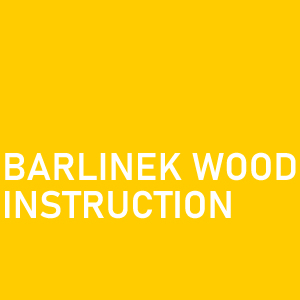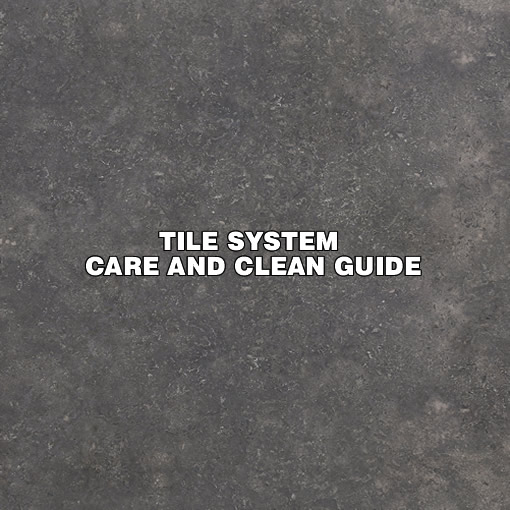









1.0 ABOUT LAMINATE
As a composite product, Laminate flooring has many layers. A sheet is made by fusing each of the layers together, boards are cut from the sheet and then profiled the edge. Here is the construction:
- Surface or upper wear layer
- Décor, design or decorative layer
- Substrate or core layer
- Backing or balancing layer
- Edge jointing systems
Each of the edge jointing systems are special and has its own profile for that they are manifold and are usually patented designs with such names: Unilin, Uniclic, Forma-Lock, Kwik-Fit, Lock&Fold and JustClic.The point is , for preventing separation, edge jointing systems need to have enough power and sufficient locking force. Here should mention that differences exist in the strength, and speed of installation and some other aspects between locking systems.
The method of installation would be influenced by the file types using, there are two different file types at the ends of the board. One method is called “angle-angle” installation. It refers to a method that the end of the board is installed, and then be angled when it is installed into the end joint of an installed board before joining the edge joint, just as the profile requires. When using this method, it is often necessary to use tapping blocks to make sure the tight connection of the board edges. The other one is ‘drop lock’. During installation, the long side of the panel would be tilted to the correct position, and the termination points would lock when the board is lowered into place. As for this style, the next row of boards is crucial for completing the board termination.
1.02 the standard
The standard we use in our products testing is EN13328 standard, on moisture resistance with a swell in the 6% to 8%.
1.03 About subfloors
All subfloors should be strictly followed by the standards of relevant Australian construction(i.e. the supporting materials which may also have been overlaid with tiles or resilient flooring etc.),and of course, they must be intact. The performance or appearance of the installed laminate floor would be affected by any determined issues of an existing subfloor or overlaid product (for example, squeaks in an existing timber or sheet subfloor or tile fixing integrity),every problems should be corrected before the floor installation.
Generally, tolerances are often vary from manufacturer to manufacturer and there is no specified standard. But all subfloors should be flat enough to accept the floating flooring systems. For floating floors, it is more crucial than adhesive fixed floors. the board squeaking or separating may caused by the insufficient level of the subfloor. The most applicable standard is that deviations do not be 2mm beneath a 1m-long straight edge (or 3mm beneath a 1.5m-straight edge). Some manufacturers may have more strict ones while others do not. But confirm those tolerances are very important. The concrete subfloors are need to be sand until they conform the level if they are not flat enough. With timber and timber-based subfloors, joists may need to be packaged, and if necessary, sanding is also required.
1.04 concrete slab subfloors
It’s important to find some measures to prevent the concrete subfloor from possible moisture absorbing. The floor would be distorted or buckled because of the expansion that is caused by the moisture absorbing beneath the floor. New slabs must be dried, it need times (four to six months), and it’s necessary to mention that the old slabs can not be considered as “dry” slabs. Slabs are multifarious, some of them may be permeable to moisture vapor than others and the humidity of slab would also changed under the condition of weather or water table height.
More attention need to be paid to those slabs which are more easier to be affected by the pressure effects from the moisture, and also those construction joints between slabs. Moisture can be continuously transmitted through these gaps, and or through capillary action. Such joints should be sealed if it is required.
The slab can be protected from moisture by using a polyethylene plastic plate above the slab or a plastic-layer-like materials to the bottom. When using a polyethylene sheet, it is usually 0.2 mm (200 microns) thick, taped at overlaps of 200mm. It is usually raised at least to the floor height on walls and other vertical elements (for example, island stools).Please note that it is necessary to add an additional polyethylene sheet barrier in some cases for that some underlays with integral moisture-retarding layer can not get to the same level of protection if that are significantly less than 0.2mm.
1.05 Locality and dwelling environment
Generally, the comfortable conditions are considered as the conditions of about 18 to 25ºC and 50 to 60% relative humidity. However, the performance impacts need to be further considered when the humidity falls outside the range of 30% (dry conditions) to 70% (moderately humid). Greater shrinkage would be caused by the lower humidity. and greater expansion would be caused by the higher humidity. Certain issues (such as squeaking in an existing plank or sheet subfloor or the integrity of tile fixation)
It is also necessary to have a period of 48 hours acclimatization before laying the floor.Play the boxes in closed plastic wrap for 48 hours when acclimatizing laminate flooring so that the flooring can adapt to the temperature inside the residence.
1.06 ALLOWANCE FOR EXPANSINON
But, the situation may be different, it’s not true that the width movement of engineered or bamboo floating floors is greater than length movement.
When consider of that, it is clear that adjacent floor areas often have different sizes. That is, a 15m-long by 1m-wide hallway may adjoin through a doorway to a bedroom that is 3m long by 3m wide. In this way,the movement of the two adjacent floor areas would be different because that the hallway floor under high humidity conditions would expand more in its length than the bedroom floor. The two floor areas must be separated for preventing one floor area from having an adverse effect on the other. Thus, it’s necessary to add control joints and this is referred to as compartmentalization. The diagram on the right shows an example with applicable trim. With these joints, one floor area can no longer affect the movement of the other. In the diagrams,it shows a corridor with a control joint so that it can separate the movement of the corridor floor from that leading into the room off it. That’s why control joints may be required in the main body of the floor and in doorways of rooms off the corridor.
It’s also necessary to put the overall size of the room or floor area that may extend from one room to another into the consideration. If the floor area is oversize, then an intermediate control joint is needed just as the manufacturer’s installation instructions. The decision may also be influenced by the length and width of the floor. For instance,10m in length and 8m in the width of the floor, which in some cases may affect decisions.Anyway,it is important to follow the instructions of the specific manufacturer for that different manufacturer may, for example, some of them may specify 8m in both floor width and length of the floor.
1.07 Production other
The factory accepts product tolerances, up-down warping, edge damage (without damaging the surface and Décor), and some of substandard products. The tolerances include edge, thickness, width, T & G, etc.
| Products tolerance | warping | Edge damage | Unqualified |
| <0.15mm | <15% of length | <0.5% of length | <0.3% |
PLEASE UNDERSTAND ALL OF ABOVE INFORMATION BEFORE YOUR BUY OR BEFORE FITTING. ALL OF THE BUYER MUST BE LET’S INSTALLER/FITTER/SUB-CONTACTOR READ OR UNDERSTANDING ABOVE INFORMATIONS, ANY ISSUES BECAUSE OF NOT FOLLOWING WITH ABOVE PIECES OF INFORMATION, AND WE NOT ACCEPET ANY REFUND/RETURE/COMPLAIT.




